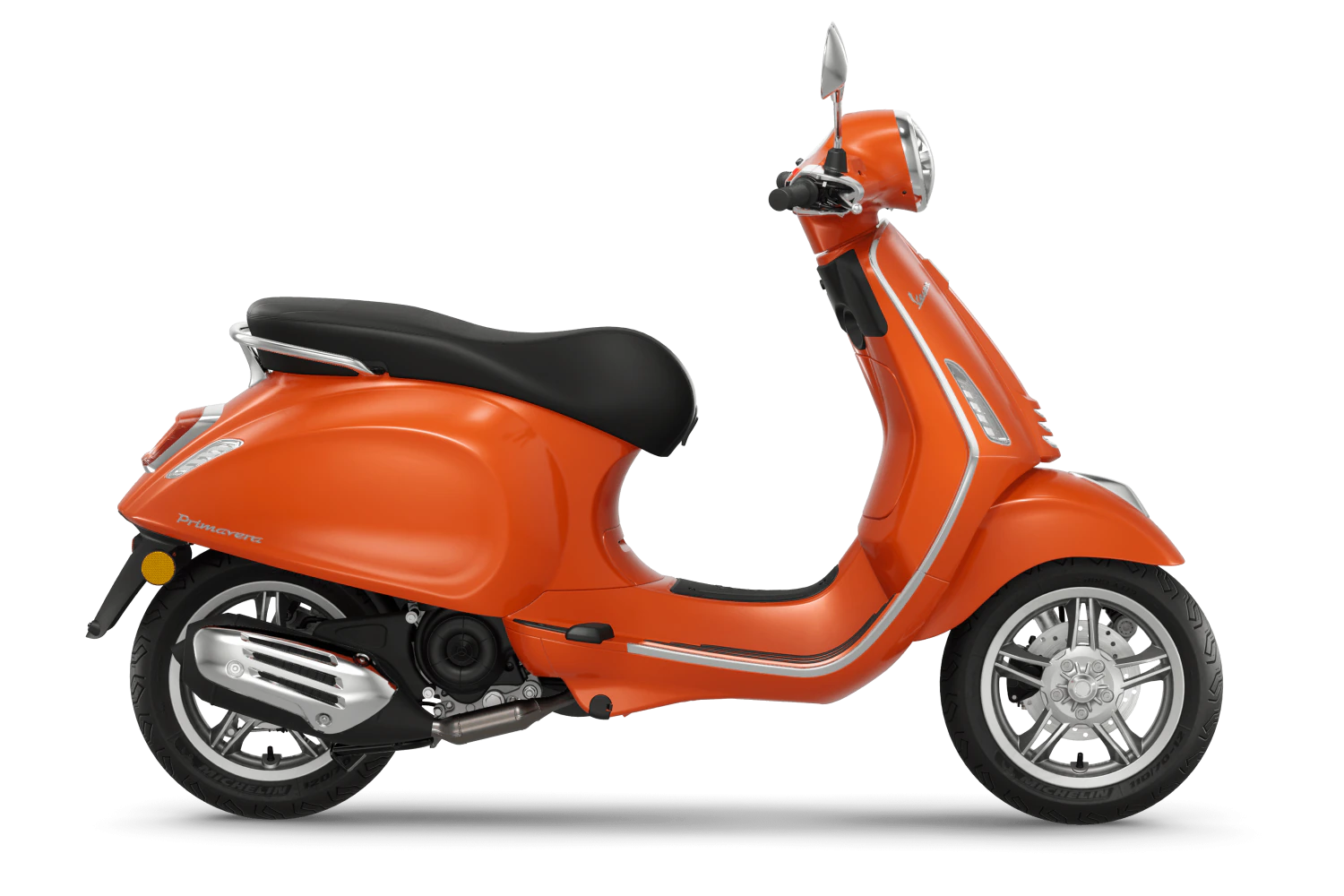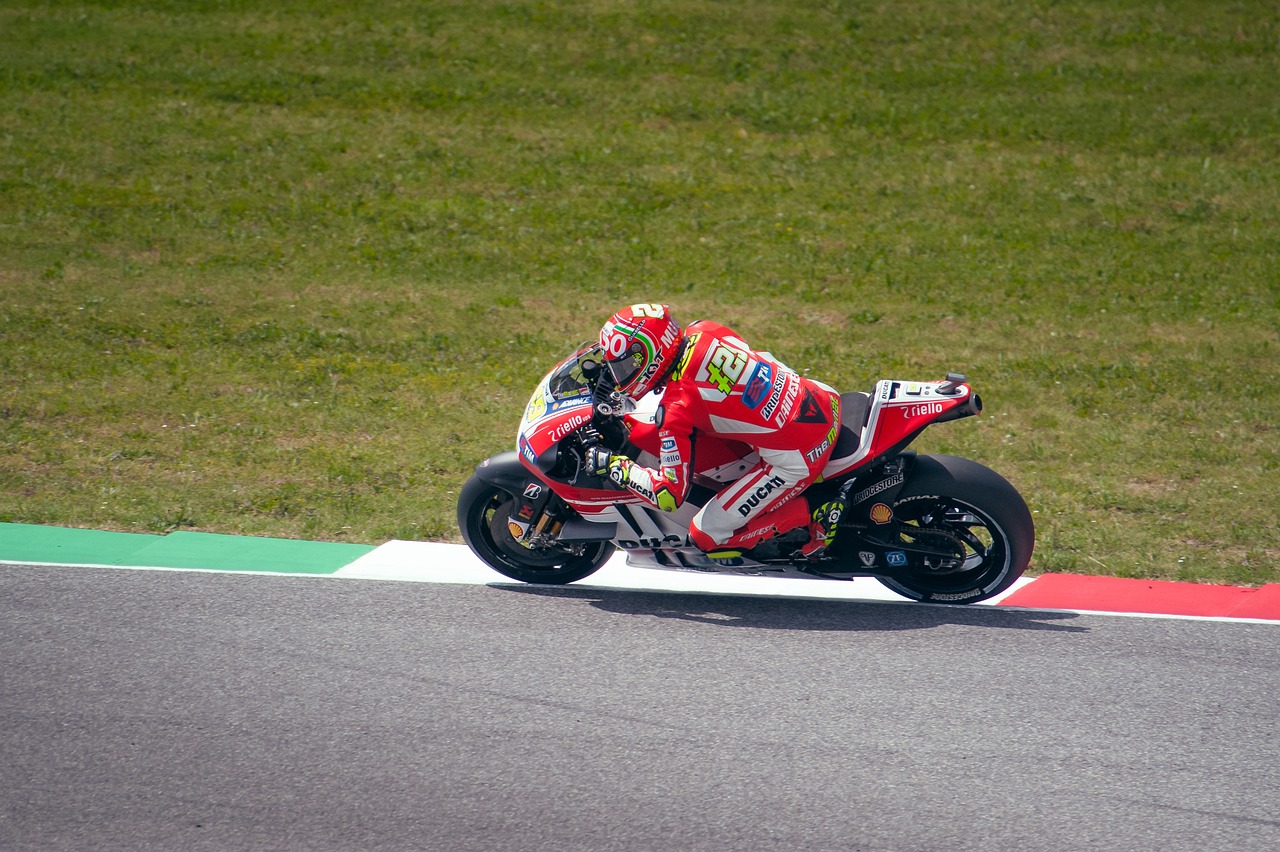
Italy is world-renowned for its artistic contributions, culinary excellence, and picturesque landscapes. But among its lesser-celebrated marvels lies a story of innovation and cultural significance: its scooters and motorcycles. From the iconic Vespa, which revolutionized urban mobility, to Italy’s dominance in Grand Prix (GP) racing, this two-wheeled tradition is deeply woven into the country’s identity. Let’s embark on a journey through history, innovation, and passion, exploring the unique legacy of Italy’s scooters and motorcycles.
The Evolution of Italian Scooters: From Post-War Necessity to Global Symbol
The birth of Italian scooters was deeply influenced by the challenges and demands of post-World War II Italy. Faced with a battered economy, limited resources, and an urgent need for affordable transportation, Italian manufacturers devised a solution that was both practical and revolutionary. Scooters became a beacon of hope and mobility, combining efficiency with elegance.
By the 1950s, scooters, particularly those by brands like Vespa and Lambretta, transcended their functional origins. They became cultural icons, representing freedom, modernity, and a distinct Italian flair. Over the years, technological advancements—from improved suspension systems to automatic transmissions—kept Italian scooters at the forefront of global trends, cementing their place in both urban and rural landscapes.
The Birth of Vespa: A Revolutionary Design Born in Italy
The Vespa was born out of a visionary idea to create a simple, affordable, and stylish mode of transportation for the masses. Piaggio, originally a company focused on railway carriages and aircraft, transitioned into scooter manufacturing to address the changing needs of post-war Italy. Enrico Piaggio, the company’s leader, sought to engineer a vehicle that was easy to operate and accessible to all. Thus, the Vespa 98, with its iconic wasp-like design, was launched in 1946.
The Vespa’s unique features included a unibody steel chassis, a comfortable step-through design, and a clean, enclosed engine to minimize oil splatter—ideal for the everyday user. This scooter was more than a vehicle; it was a symbol of hope and renewal in a time of recovery. Its catchy name, derived from the Italian word for “wasp,” and sleek appearance captured imaginations across Italy and eventually the world.
Iconic Vespa Models That Redefined Style and Utility Over Decades
Vespa’s journey from its original 1946 model to today’s high-tech scooters is filled with iconic designs that redefined mobility and captured the zeitgeist of their times. Among the standout models:
- Vespa 98 (1946) – The very first Vespa, a compact and practical scooter, became an instant classic.
- Vespa 150 GS (1955) – This model introduced a sportier edge, making it a favorite among younger riders.
- Vespa Primavera (1968) – This youthful and vibrant model captured the spirit of the 1960s.
- Vespa PX Series (1977) – One of Vespa’s longest-running and most durable designs, cherished for its versatility.
- Vespa Elettrica (2018) – Blending classic aesthetics with electric technology, this model leads Vespa’s charge into a sustainable future.
Each model represents a snapshot of its era, showcasing Vespa’s ability to evolve while remaining true to its roots.
The Role of Scooters in Italian Society: From Everyday Transport to Iconic Lifestyle
In Italy, scooters have played a pivotal role not just in transportation but in shaping societal trends. Initially, they served as an affordable means of mobility for working-class Italians, offering a convenient alternative to cars in the narrow, cobblestoned streets of Italian cities. Over time, scooters became a status symbol, representing the Italian ideals of elegance and efficiency.
Culturally, scooters found their way into popular media, most notably in films like Roman Holiday (1953), where Audrey Hepburn and Gregory Peck immortalized Vespa rides through the streets of Rome. Today, scooters remain an essential part of Italy’s urban mobility, with modern electric models reflecting the country’s commitment to sustainable living.
The Rise of Italian Motorcycles: From Utility Machines to High-Performance Icons
While scooters addressed Italy’s need for affordable transportation, motorcycles quickly evolved into symbols of speed, performance, and technical brilliance. Early Italian motorcycles were utilitarian in design, catering to rural communities that required reliable, rugged vehicles.
As Italian craftsmanship gained recognition, manufacturers like Moto Guzzi, Ducati, and Aprilia began producing motorcycles that combined functionality with high-performance engineering. These bikes not only captured the domestic market but also became international competitors in racing events, solidifying Italy’s reputation as a leader in motorcycle innovation.
Ducati: The Epitome of Performance and Italian Engineering
Ducati is one of the most celebrated names in motorcycling, and its journey is a testament to Italian ingenuity. Founded in 1926 in Bologna, Ducati initially produced radio components before transitioning to motorcycles after World War II. Its first motorcycle, the Cucciolo, was a small, lightweight design that became hugely popular in post-war Italy.
As Ducati’s engineering evolved, so did its reputation. The brand is synonymous with high-performance models like the Ducati Monster, a naked bike that revolutionized the market, and the Panigale, a superbike revered for its speed and precision. Ducati’s involvement in MotoGP further solidified its status as a global powerhouse, delivering cutting-edge racing machines that dominate the sport.
Moto Guzzi: A Legacy of Innovation and Endurance
Established in 1921, Moto Guzzi holds the distinction of being the oldest European motorcycle manufacturer in continuous production. Its early success was driven by innovative designs and technical achievements, such as the introduction of the first motorcycle wind tunnel.
Moto Guzzi is best known for its transverse V-twin engines and models like the V7, which became a symbol of reliability and style. The brand’s focus on blending tradition with modernity has earned it a dedicated following among enthusiasts who value its rich heritage and bold engineering.
Aprilia: The Innovator in Lightweight Motorcycles and GP Racing
Though initially a bicycle manufacturer, Aprilia transitioned into motorcycles in the late 1960s, focusing on lightweight and versatile designs. Today, the brand is renowned for its performance-oriented bikes and its dominance in GP racing. Models like the RS660 reflect Aprilia’s commitment to combining agility with advanced technology.
Aprilia’s success in racing has been remarkable, with over 50 world championship titles to its name. This competitive spirit fuels the brand’s innovations, ensuring its motorcycles are not only fast but also technologically superior.

GP Racing: Italy’s Passion for Speed and Precision
Grand Prix (GP) motorcycle racing has long been a passion in Italy, with the country contributing significantly to the sport. Italian manufacturers like Ducati and Aprilia have created bikes that set the benchmark for performance, while Italian riders have consistently dominated the world stage.
The MotoGP events at tracks like Mugello are a testament to Italy’s deep connection to racing. The country’s emphasis on speed, precision, and style has made it a cornerstone of the sport.
Legendary Italian Riders: Icons of Motorcycle Racing
Italy has produced some of the greatest riders in motorcycle racing history. Valentino Rossi, with his nine world championships and charismatic personality, is perhaps the most famous. His ability to connect with fans and push the limits of racing has made him a global icon.
Other Italian legends, such as Giacomo Agostini—who boasts an unparalleled 15 world championships—have cemented Italy’s status as a dominant force in motorcycle racing. These riders embody the skill, determination, and passion that define Italy’s motorcycling legacy.
Italy’s Motorcycle Culture: Festivals, Communities, and the Joy of Riding
In Italy, motorcycles and scooters are more than just vehicles—they’re part of the cultural fabric. Events like the EICMA Motorcycle Show and MotoGP races attract enthusiasts from around the world, celebrating Italian engineering and the thrill of the ride.
Communities of riders often organize tours through Italy’s picturesque landscapes, from the Amalfi Coast to the Dolomites. These gatherings reflect the camaraderie and shared passion for two-wheeled adventures.
Modern Innovations in Italian Bikes: Electric Models and Eco-Friendly Trends
As the world moves toward sustainability, Italian manufacturers are leading the charge with innovative electric scooters and motorcycles. Vespa’s Elettrica is a shining example of combining classic design with modern green technology. Similarly, Ducati is investing in electric racing initiatives, showcasing its commitment to a cleaner future.
These advancements ensure that Italy’s two-wheeled legacy continues to thrive in an environmentally conscious era.
Italy as a Tourist Destination for Riders: Scenic Routes and Iconic Tours
Italy offers an unmatched experience for motorcyclists, with scenic routes like the Stelvio Pass and the winding roads of the Chianti region. Vespa tours in cities such as Florence and Rome allow tourists to experience the charm of Italian streets while riding an iconic vehicle.
These experiences highlight the unique blend of culture, history, and adventure that Italy offers to riders.
Conclusion: Italy’s Unmatched Legacy in Scooters and Motorcycles
From the revolutionary Vespa to the roaring engines of Ducati’s superbikes, Italy has left an indelible mark on the world of two-wheeled vehicles. Its contributions to mobility, design, and racing are unparalleled, reflecting a perfect marriage of tradition and innovation. As Italian scooters and motorcycles continue to evolve, they remain timeless symbols of creativity, passion, and freedom.

